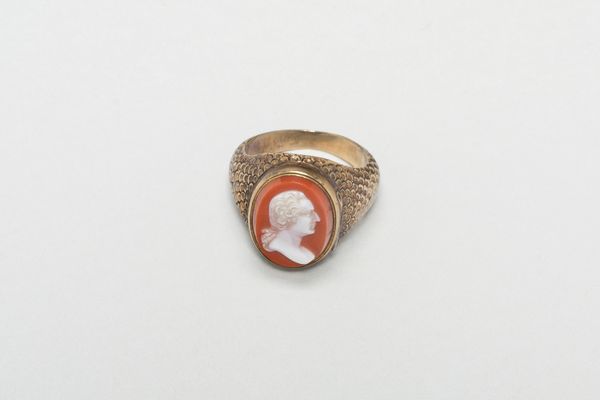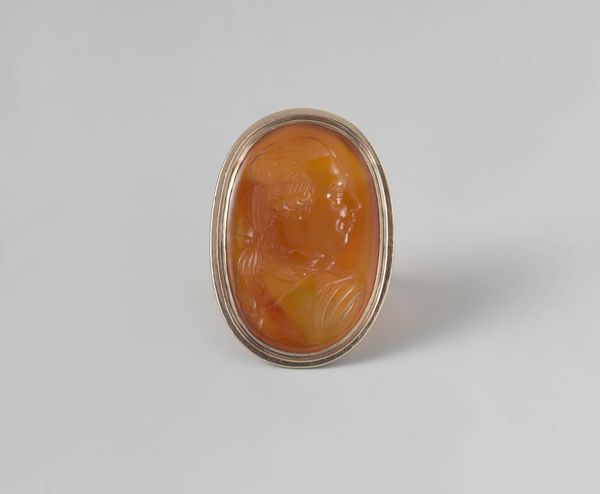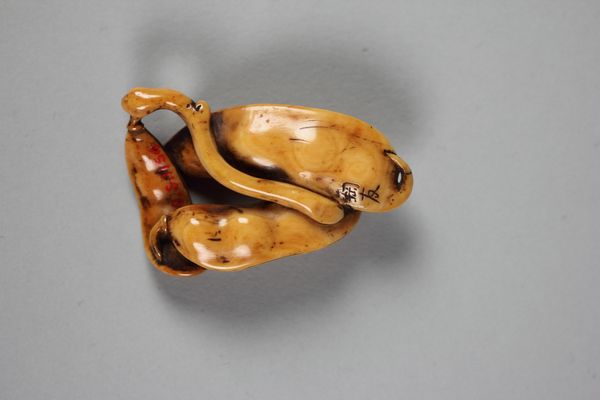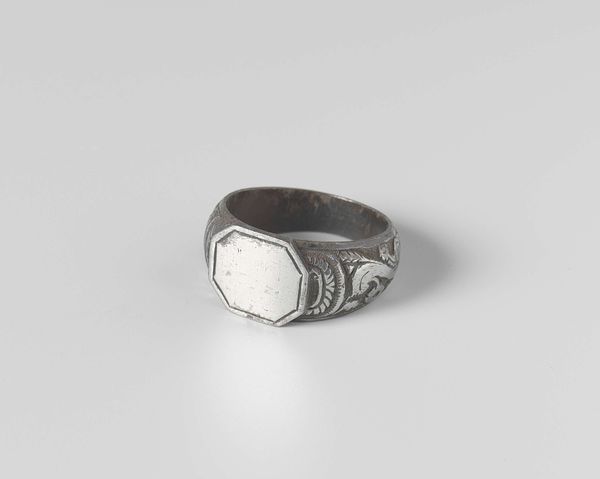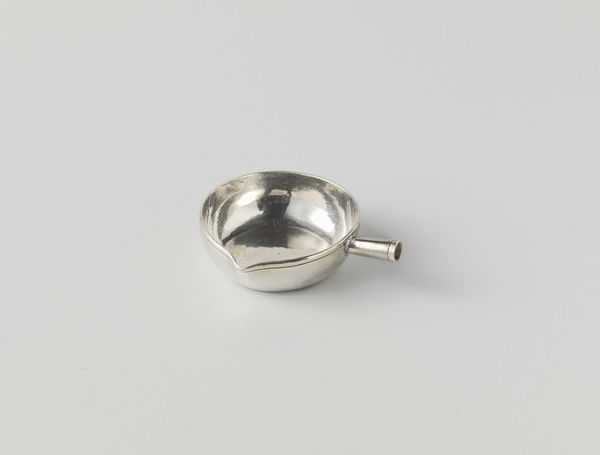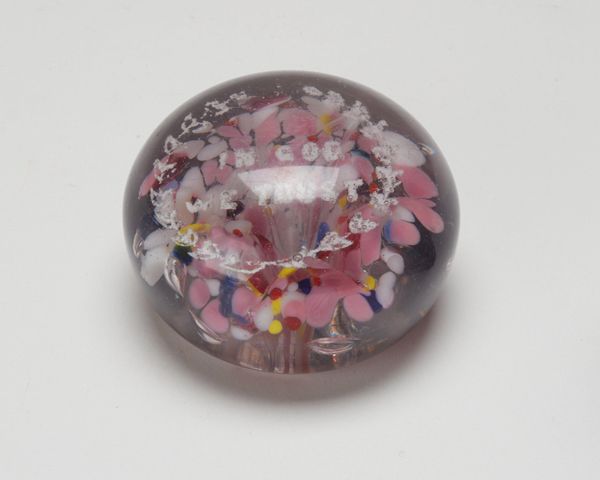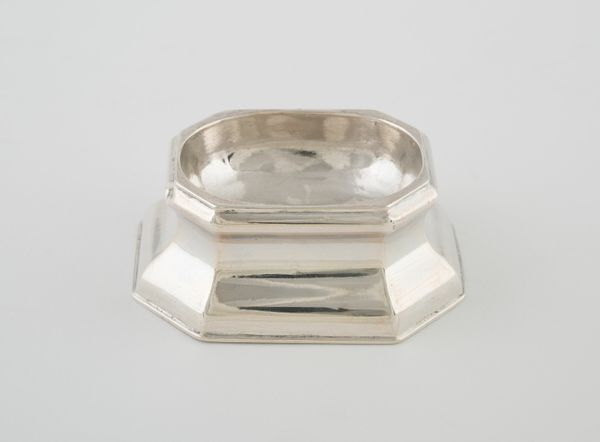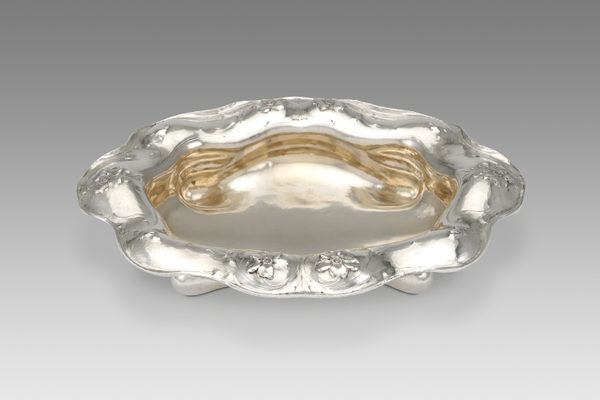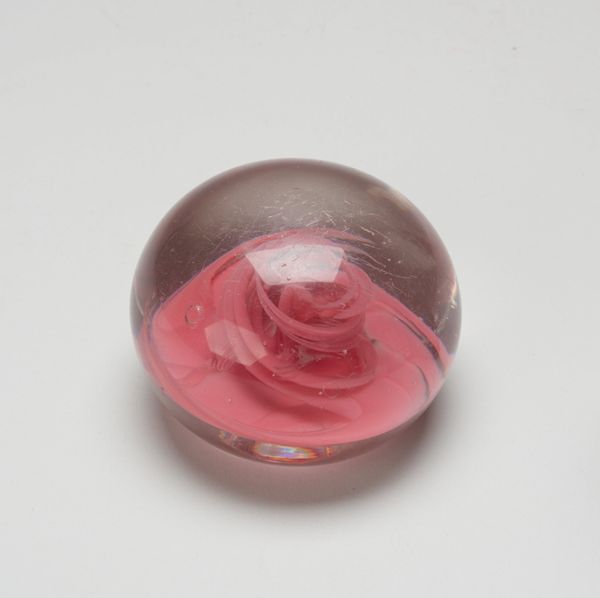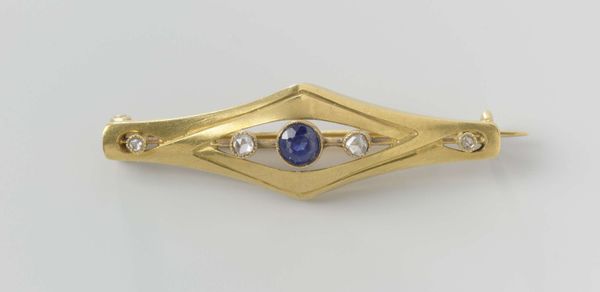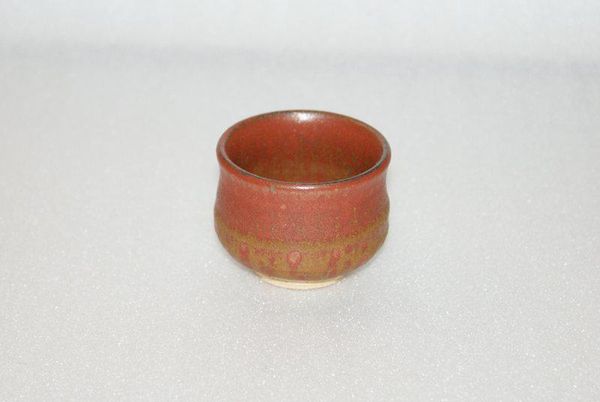
glass, sculpture
#
glass
#
sculpture
Dimensions: 2 3/4 x 3 1/2 in. (7 x 8.89 cm)
Copyright: Public Domain
Editor: We’re looking at a “Paperweight,” made of glass sometime between 1850 and 1875 by the New England Glass Company. It’s currently held at the Minneapolis Institute of Art. It’s remarkably simple, but something about the colors and form makes it feel both comforting and… deceptive. What do you see in this piece? Curator: Deceptive, yes. This object, so apparently straightforward, echoes potent, deep-seated narratives. What do you associate with an apple? Editor: Well, immediately, the story of Adam and Eve comes to mind. And maybe temptation? Curator: Exactly. The apple, especially rendered in this enticing, almost hyper-real glass, becomes a concentrated symbol of desire and the potential consequences of knowledge. Now, consider its function: a paperweight. Is it subverting the power of the written word, holding it down with its alluring form? Is it domesticating that primordial narrative, taming it within the household? Editor: So it's not just a pretty object; it’s playing with themes of knowledge, temptation, and domesticity? It feels like the artist embedded those ideas intentionally. Curator: Indeed. Think of the Victorian era, when this was likely produced – a time of immense social change, evolving roles for women, and a fascination with the symbolism of everyday objects. This paperweight quietly participates in that dialogue. It transforms the mundane into something subtly unsettling, a conversation starter right there on the desk. Editor: That makes me see it differently now. It's not just a charming little thing, it's complex. I’d never have looked at a paperweight and considered it in light of this kind of symbolic weight. Curator: That's the power of art, isn't it? It asks us to look beyond the surface and consider the layers of meaning encoded within even the simplest forms.
Comments
No comments
Be the first to comment and join the conversation on the ultimate creative platform.
